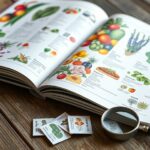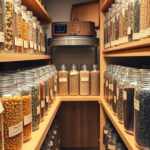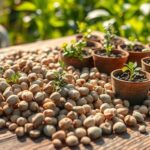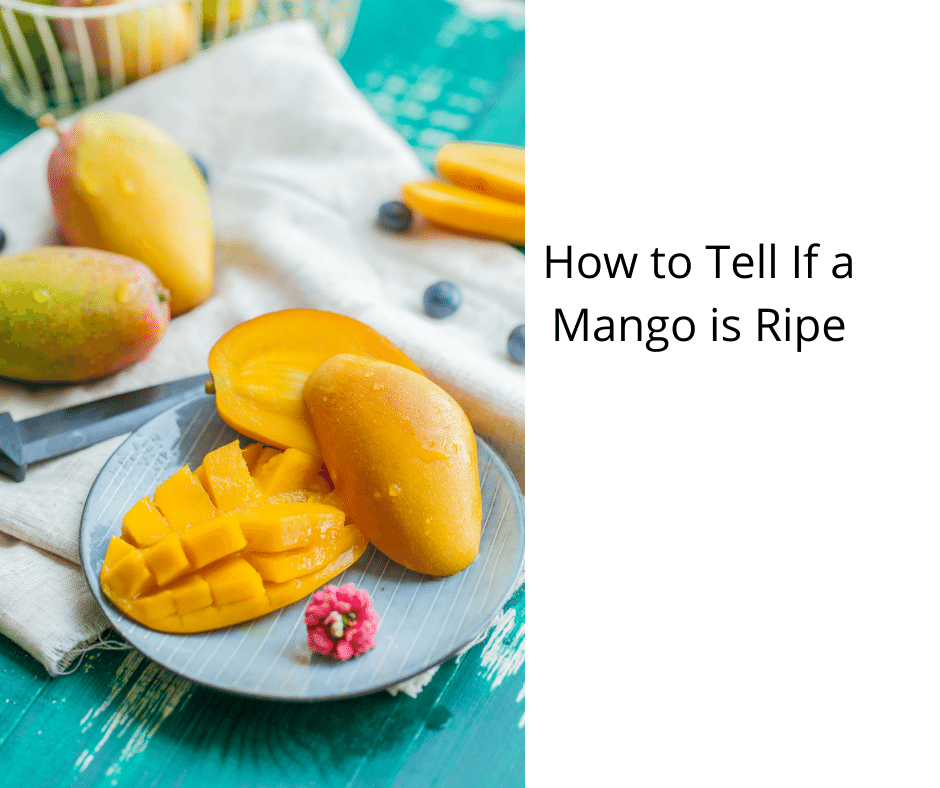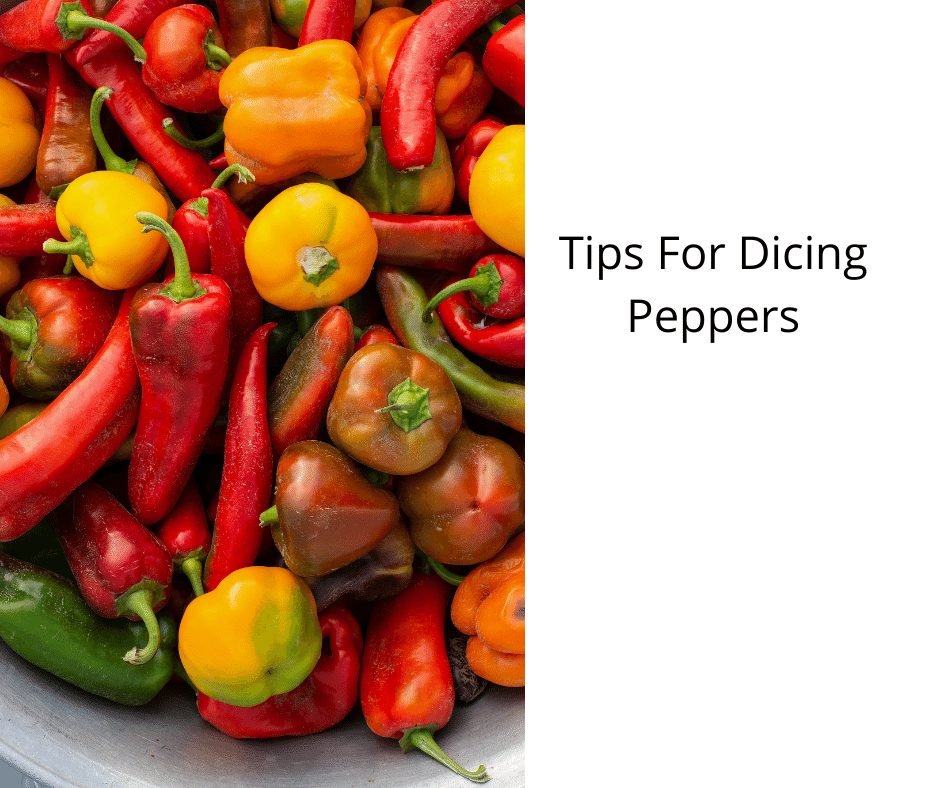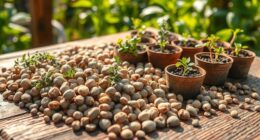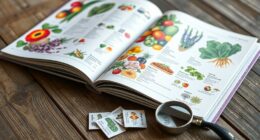To understand seed packets, look for quick details like plant variety, planting depth, and days to maturity. Spot icons for sun exposure and watering needs to plan your garden easily. Store leftover seeds in a cool, dry place in labeled containers to keep them viable. Recognizing these symbols and tips helps you plant successfully and avoid waste. Keep exploring, and you’ll discover even more ways to make your garden thrive.
Key Takeaways
- Seed packets display essential info like plant variety, planting depth, and days to maturity for easy planning.
- Recognize symbols such as sun and watering icons to understand each plant’s sunlight and watering needs.
- Store seeds in a cool, dry, dark place using airtight containers to maintain their viability over time.
- Check seed packet longevity guidelines and use fresh seeds for higher germination success.
- Understanding packet details helps make informed planting decisions, reduce waste, and improve garden results.

Have you ever wondered what all those symbols, numbers, and names on a seed packet really mean? When you’re just starting out in gardening, seed packets can seem packed with confusing information. But understanding how to read them begins with examining the seed packet design. Most packets are designed to give you quick, essential details at a glance—like the plant variety, planting depth, and days to maturity. The design often highlights critical info with bold fonts or icons, so you can easily spot what you need to know. For example, a small sun icon indicates full sun exposure, while a watering can shows the watering requirements. Paying attention to this design helps you plan your garden better and ensures you give your plants the right conditions from the start.
Once you’ve grasped the basics of seed packet design, you’ll want to focus on seed storage tips. Proper storage is key to maintaining seed viability over time. Keep your seeds in a cool, dry, and dark place—like a sealed container in your basement or a dedicated drawer. Avoid areas with fluctuating temperatures or high humidity, which can cause seeds to mold or lose their germination power. Using airtight containers or resealable plastic bags with moisture absorbers helps prevent mold and keeps seeds fresh longer. Labeling each container with the seed type and packing date makes it easier to keep track of your stock and know which seeds are best to plant each season. Also, consider storing different varieties separately to avoid cross-contamination. If you’re unsure about how long a seed can stay viable, check the seed packet for specific longevity guidelines, but when in doubt, it’s safer to plant newer seeds for higher germination rates.
Understanding seed packets isn’t just about reading the labels; it’s about paying attention to the design and storing your seeds properly. This knowledge helps you make informed decisions, reduces waste, and boosts your chances of a successful garden. As a first-time gardener, taking the time to learn what those symbols and words mean can make all the difference. It guarantees you’re planting seeds at the right time, in the right conditions, and with the best care possible. With a bit of practice, you’ll soon be reading seed packets like a pro, making your gardening journey more enjoyable and fruitful. Remember, good seed packet design and proper seed storage tips are your best tools for nurturing thriving plants from day one.
Frequently Asked Questions
How Long Do Seed Packets Typically Last Before Expiration?
Seed packets usually last between one to five years, depending on the seed type and storage conditions. You should always check the expiration date printed on the packet for guidance. Proper storage in a cool, dry, and dark place can extend seed longevity. Keep in mind that older seeds might have lower germination rates, so it’s best to plant fresh seeds for successful gardening.
Can I Plant Multiple Types of Seeds in One Packet?
Think of seed packets like a mixed bag of candies—you might want to enjoy several flavors, but not all at once. Planting multiple varieties from one seed packet, known as seed mixing, can be tricky because different plants have unique needs. It’s best to plant single varieties from separate packets. If you do mix seeds, make sure they’re compatible, and keep track to prevent overcrowding or cross-pollination.
What Should I Do if Seeds Don’T Germinate?
If your seeds don’t germinate, first check for seedling diseases that might be affecting young plants. Make certain your soil preparation was proper; loose, well-draining soil promotes better germination. Keep the soil moist but not waterlogged, and provide adequate light. Sometimes, seeds need a little extra warmth or patience. By improving soil conditions and monitoring for diseases, you’ll give your seeds the best chance to sprout and grow strong.
Are There Organic Seed Options Available?
Imagine your garden as a canvas—your choice of seeds colors it beautifully. Yes, organic seed options are readily available, supporting your organic gardening goals. Look for seeds labeled as organic, ensuring seed purity and fewer chemicals. These seeds help you grow healthy plants naturally, and many reputable suppliers now specialize in organic varieties. By choosing organic seeds, you nurture your garden and the environment simultaneously.
How Do I Store Leftover Seeds for Future Planting?
To store leftover seeds for future planting, you should use airtight seed storage containers to keep them dry and protected. Place these containers in a cool, dark, and dry spot, ensuring proper climate control to prevent moisture and temperature fluctuations. Label each container clearly with the seed type and date. Proper storage helps maintain seed viability, so your garden thrives next season.
Conclusion
By now, you see that understanding seed packets is like holding the secret to a flourishing garden in your hands. Every detail from planting depth to germination time reveals nature’s incredible potential—your personal magic wand. Immerse yourself with confidence, and soon your garden will burst with life and color, surpassing even your wildest dreams. Remember, mastering these tiny packets turns you into a gardening hero, capable of transforming any space into a vibrant paradise.

